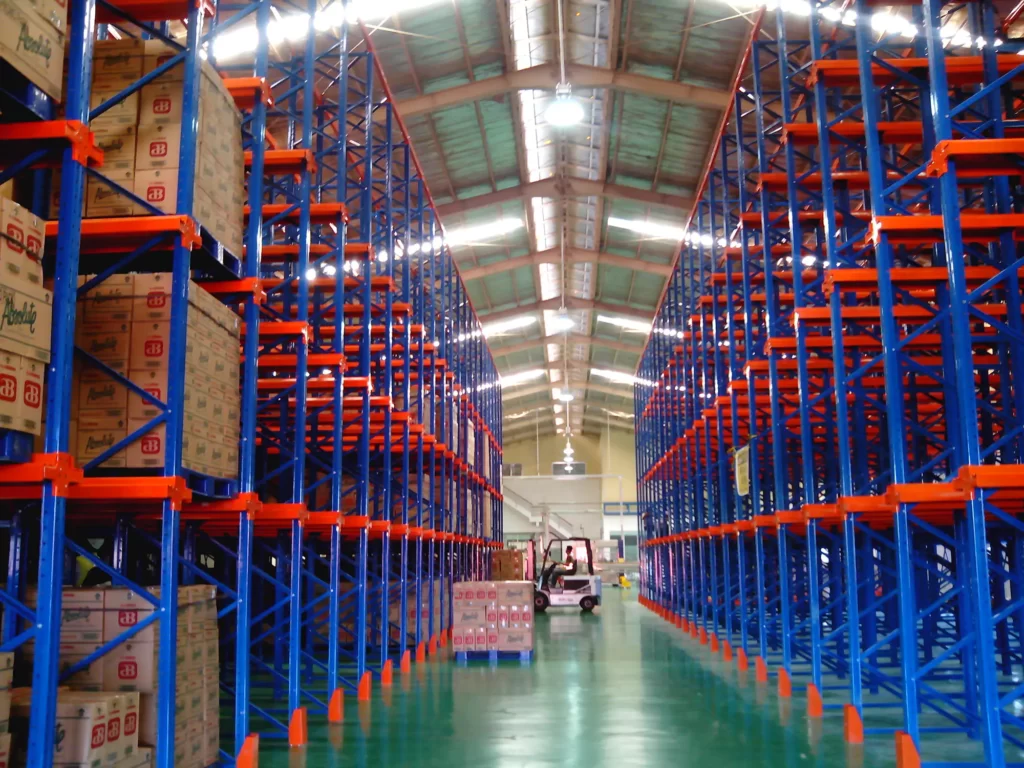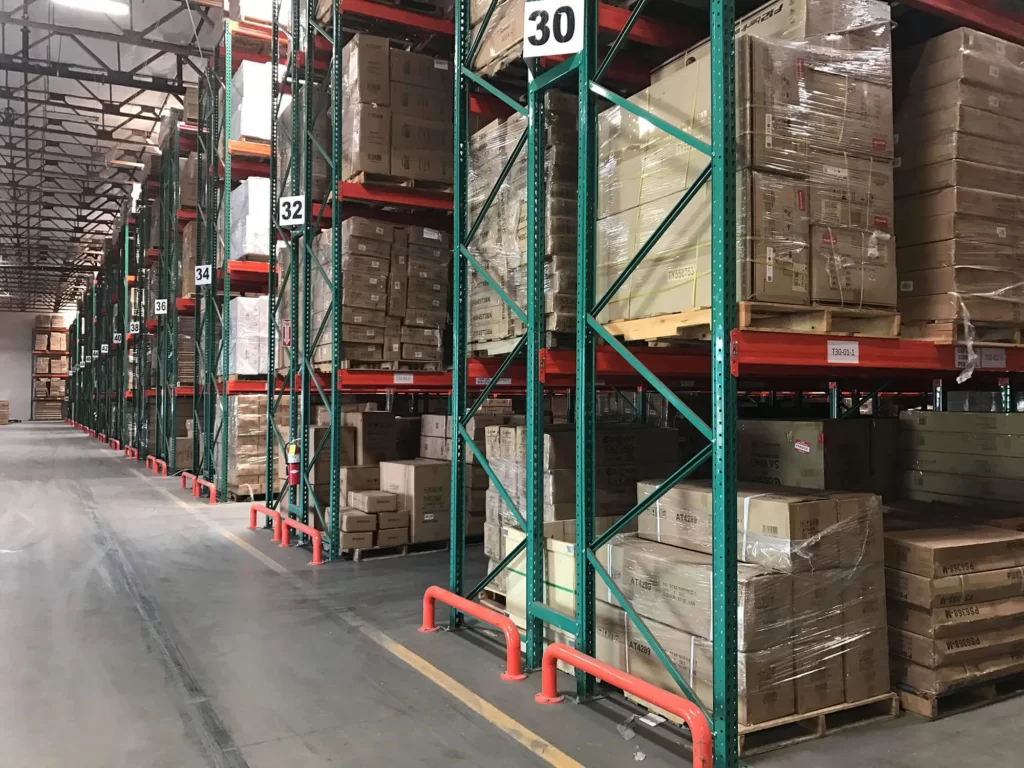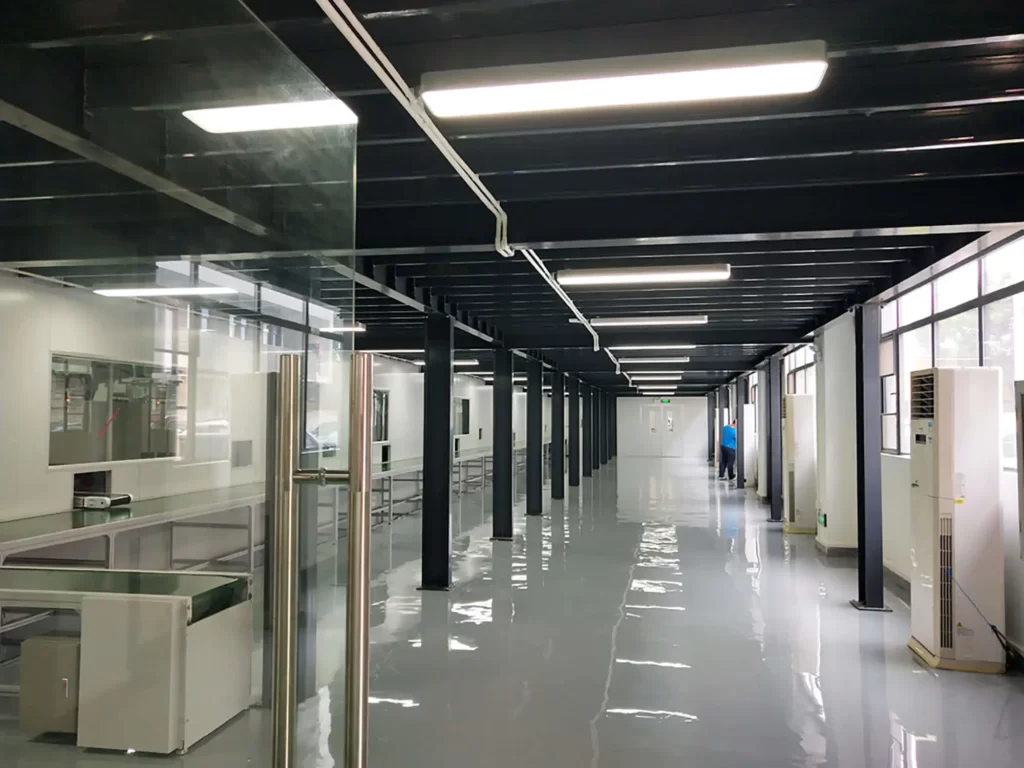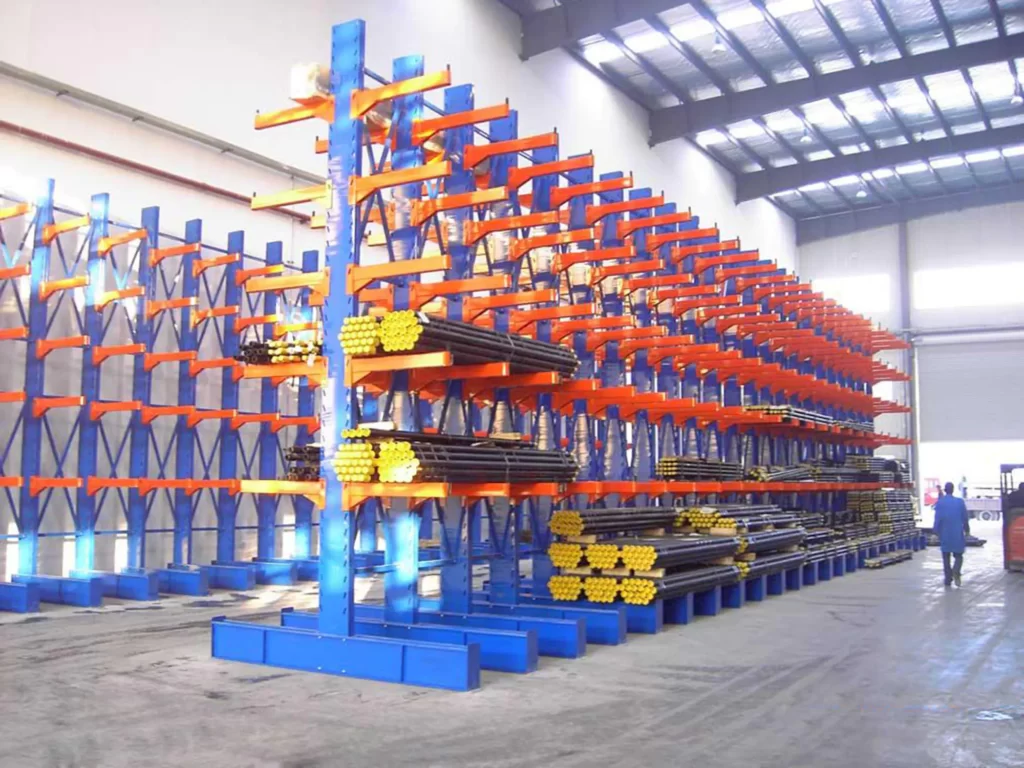Racking is one of the most essential parts of every warehouse irrespective of what the nature of a business is. However, when selecting racking, considering their sizes is very crucial. You are supposed to choose the racking sizes that offer optimal storage space and also blend with your warehouse layout.
If you are looking forward to learning how to choose standard racking sizes for your warehouse and what are the considerable aspects in this regard, the guide below can be of great help. So let’s read.
What Are Standard Racking Sizes?
Standard racking sizes are the dimensions that are commonly accepted through the various industrial storage systems. These sizes are able to accommodate standard pallets, materials, and containers and are based on industrial norms.
The use of standard racking sizes allows consistency across different industries and it simplifies the process of warehousing and transportation. When these dimensions are incorporated into the storage system compatibility with equipment like conveyors and forklifts can be attained.
Standard racking sizes also enhance the effectiveness and operational efficiency of the warehouse and when a standard is followed the racking becomes easy to install as well as affordable.
Common Types of Standard Racking Systems
The common types of standard racking systems that you may choose for your warehouse are given below followed by the standard sizes commonly applicable.
Pallet Racking Systems
Pallet racking is one of the most common warehouse storage solutions. It stores palletized items and is very accessible and flexible. It also is highly flexible and can be opted for efficient utilization of space when it comes to storing inventory. It can hold a high volume and even helps to accommodate heavy loads.
Standard pallet racking has a standard width of 8 to 12 feet whereas the height could range between 8 to 40 feet with depth being 36 to 48 inches. The standard dimensions can be chosen based on the storage area.
Cantilever Racking Systems
Cantilever racking systems can hold long and heavy items like steel bars and pipes. These racking systems do not have any vertical barriers and hence can easily store huge items.
The standard racking sizes for the cantilever rack are based on the requirement of load. The length of arms can range between 24 to 60 inches, whereas the height ranges between 8 to 20 feet.
Selective Racking Systems
Selective racking systems are designed to allow access to each pallet in the rack. It is a very suitable racking system that allows for inventory rotation. It is suitable for the retail and manufacturing sector and caters to a versatile product range. The standard height of these racks ranges between 8 to 40 feet whereas the depth is between 38 to 48 inches with depth being 8 to 12 feet.
Drive-In/Drive-Thru Racking Systems
Drive-in and drive-thru racking systems are known as high-density storage and these are accessed with forklifts. These racking systems can store large quantities of items that are identical supporting FIFO and FILO techniques.
They are mostly opted for food and cold storage applications. The standard depth of racking systems is between 36 to 48 inches whereas the height can be at a maximum of 40 feet. The width of these racking systems is 8 to 12 inches.
Factors Influencing Racking Size Selection
When it comes to considering the racking sizes some of the factors that impact the warehouse racking standards are as follows:
Warehouse Layout and Space Availability
The layout of the warehouse plays a vital role in determining the right size of racking, factors that are considerable here are the space of the floor, the height of the ceiling, and the width of the aisle so that storage capacity can be optimized ensuring safety as well as accessibility.
The warehouse that has high ceilings may find vertical storage suitable to maximize space and the width of the aisle in this case can be less so that the equipment may easily move.
Type and Size of Goods Stored
The size of the products and their characteristics are also considered when choosing the right racking size. You should choose a racking system that accommodates the depth, height, weight, and width of the products accurately.
Items that are bulky may need deep racks and here cantilever racking systems are suitable whereas the lighter products may adjust with the pallet racking.
Load Capacity Requirements
The size of racking systems is chosen based on load capacity because it impacts the structural integrity of the storage as well as its safety. The rack should be able to hold the weight that the product has. Hence, when choosing the racking system the load rating should be kept in mind to ensure the safety of the racking system.
Accessibility and Handling Equipment
In a warehouse the use of forklifts and conveyor belts is very common, hence the size of the racking must take into account the automated systems in place. In case forklifts are used the aisles should be wide enough so that the goods can be accessed.
Benefits of Using Standard Racking Sizes
Standard racking sizes offer multiple benefits and some of these are discussed here:
Cost Efficiency
The prime benefit of opting for standard racking sizes is cost efficiency. The standard sizes are affordable because they are produced in bulk and hence the manufacturing cost is reduced. Whereas when you opt for a custom-sized rack you will have to pay higher than the standard ones. The standard racks are available to immediately buy and use which reduces the time required in manufacturing them.
Ease of Installation and Maintenance
The maintenance and installation of standard racking sizes are very easy because they can fit into common storage setups. Hence, they are straightforward and do not need any specialized equipment or skills to install them. Moreover, their maintenance is also easy because you can get the replacement parts easily which reduces the downtime and does not impact the operational efficiency.
Scalability and Flexibility
Standard racking sizes offer flexibility and they are designed keeping scalability in mind. Hence, when a business expands the storage can be adjusted to cater to more inventory. You can have new sections added, shelves adjusted in terms of height and they are even easy to relocate.
How to Measure and Choose the Right Racking Size for Your Warehouse
When it comes to choosing the right racking size for your warehouse, there are various aspects that are considerable. We will here discuss the steps you must take, tips to make the right selection, and safety considerations for choosing a racking system.
Steps to Choose the Right Size of Racking
Some important steps you must take to choose the right racking system are as follows:
- Take measurements of flooring space, the height of the ceiling, and any barriers, and consider the lighting fixtures and beams while taking measurements.
- Keep in mind the type of equipment you will use, the forklifts need wide aisles, and enough space to move in the warehouse, also the personnel should be able to move around.
- Assess the size of the goods you will be storing to check the capacity needs, you also have to consider the type of items to store as the height, depth, and width would be assessed in this case.
- The type of racking systems that you will use depends on the measurements and storage requirements and accordingly, you have to choose between cantilever racking, drive-in or drive-through racking, pallet racking, etc.
- Always make sure that the racking size fits in your warehouse and also aims to maximize storage capacity.
- Keep scalability in mind when you are planning for racking in your warehouse and considering the sizes so that it can later be modified when needed.
Tips to Balance Storage Capacity and Operational Efficiency
Some of the tips that allow you to balance operational efficiency and storage capacity comprise the following:
- Make the maximum use of vertical space in the warehouse by opting for racking systems that are taller so that you don’t need to expand the floor space yet the storage capacity is achieved.
- Balance the aisle width so that the equipment can smoothly move and allow you to retrieve the goods when needed.
- Racking systems that are accessed frequently have selective pallet racking, as it allows access to the individual pallets and also helps inventory to rotate without causing any trouble and inefficiency.
Safety Considerations When Selecting the Size of Racking Systems
It is very important to keep safety in mind when selecting the racking system size and some of these considerations are as follows:
- Look for racking systems that meet the weight capacity of the inventory you are planning to store, in case racks are overloaded it may lead to accidents.
- Make sure to consider clearance between the ceiling and the top of the racking so that the forklifts can move comfortably.
- Keep an eye on the signs of damage and wear to ensure the maintenance and structural integrity of the racks.
Custom vs. Standard Racking Sizes: When to Consider Each
Custom racking sizes offer flexibility and you can have the size created according to your requirements and warehouse layout. However, these racking systems are costly and can be adjusted as per the required inventory capacity.
However, when it comes to a standard racking system they are available easily and save time for manufacturing, moreover, they are affordable as they are manufactured in bulk. However, if you have specific storage requirements and need flexibility this may be a factor that contemplates you to choose custom racking.
Best Practices for Maintaining Standard Racking Systems
In order to maintain the standard racking systems in your warehouse, you must ensure these considerations and best practices.
- Conduct regular inspections of the racking systems and fix a schedule which could be your monthly check for looking for the damage signs like any cracked welds, bent in the beams of racks, or any missing components so that all this can be addressed timely.
- Make sure to assess the load capacity and ensure that the racks are not overloaded as this may impact the structure of the racking system.
- Keep an eye on the bolts and nuts of the racking systems and see if all the connections are tight as loose bolts may lead to a collapse.
- Keep an eye on the signs of corrosion and rust especially if your warehouse racking is in humid surroundings and ensure treating it on time.
- Racking systems must be aligned properly, the impact of uneven floors can also damage the load bearing capacity of the racks.
Conclusion
The significance of standard racking sizes cannot be denied because it comes with various benefits. Also, you have understood how to select them and maintain them in the long run by reading the guide above. If you are in search of standard or custom racking systems for your warehouse, you can get in touch with us at Mracking and we will offer you a durable and affordable option.








